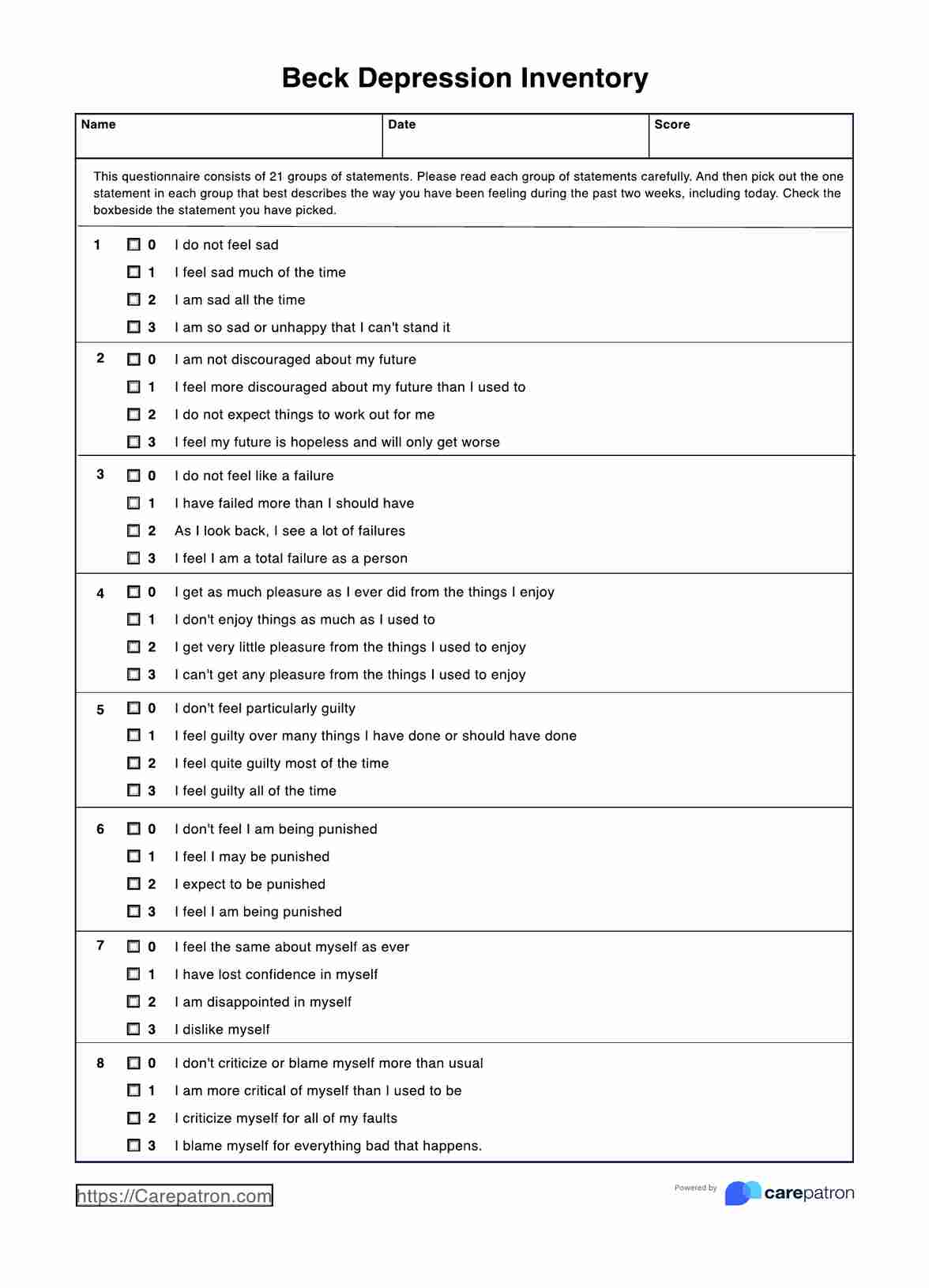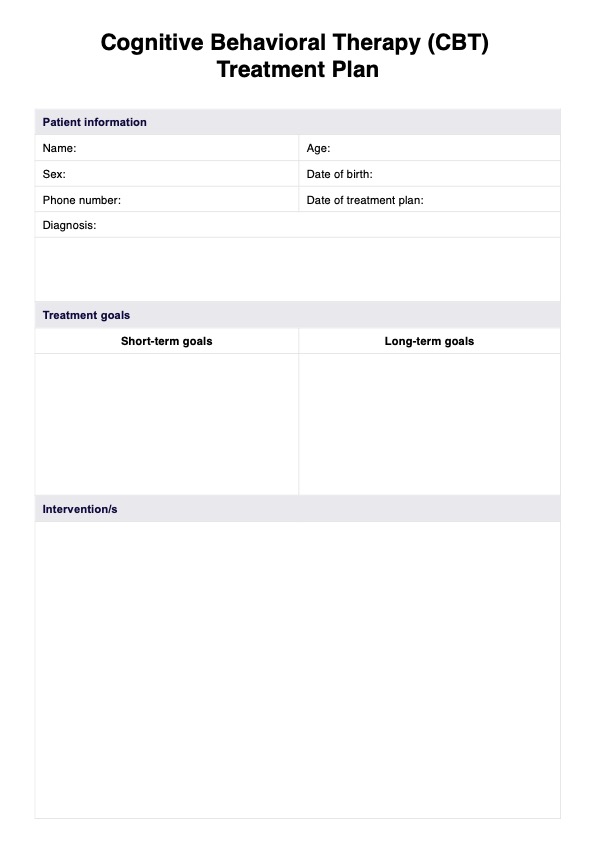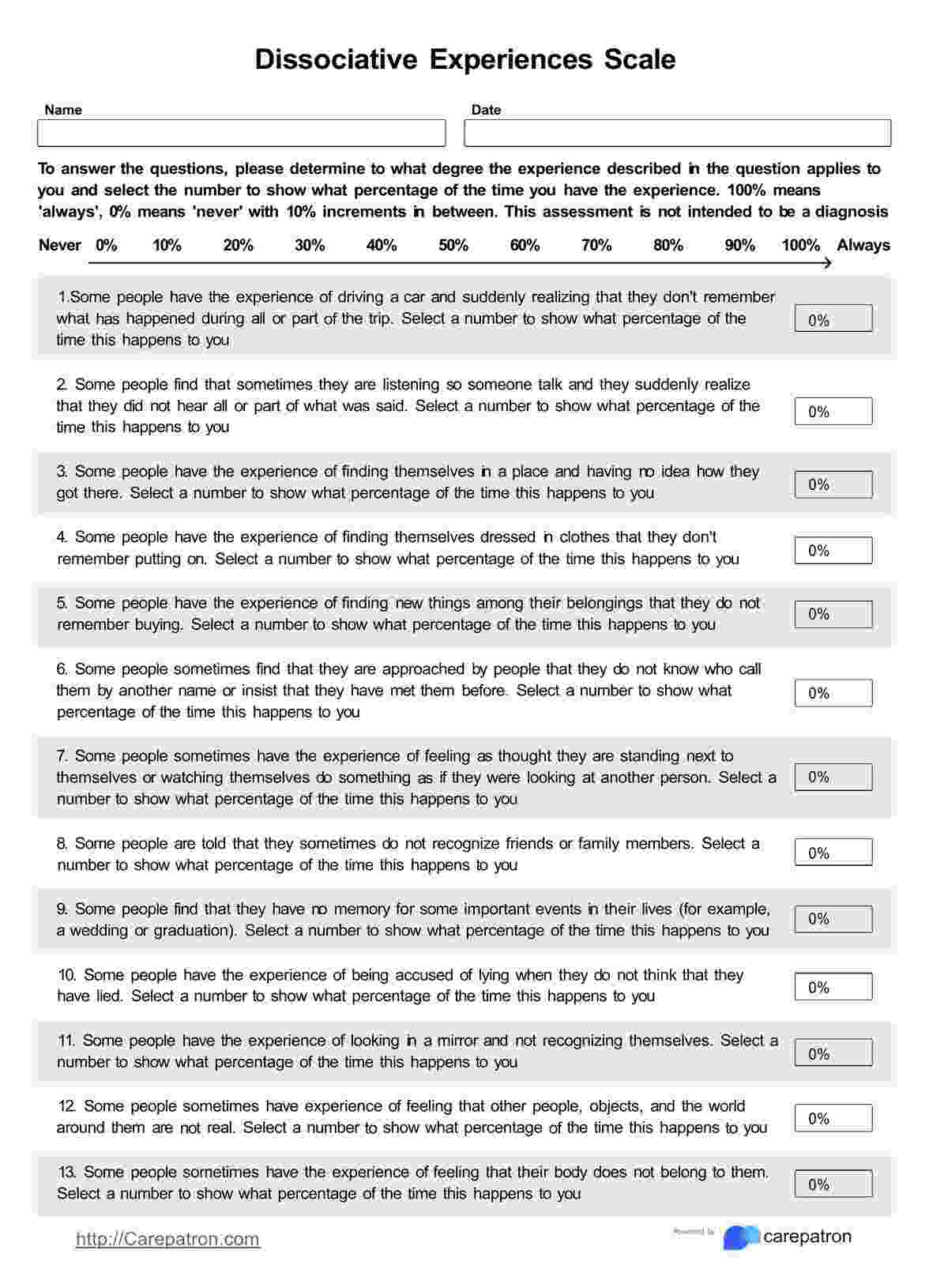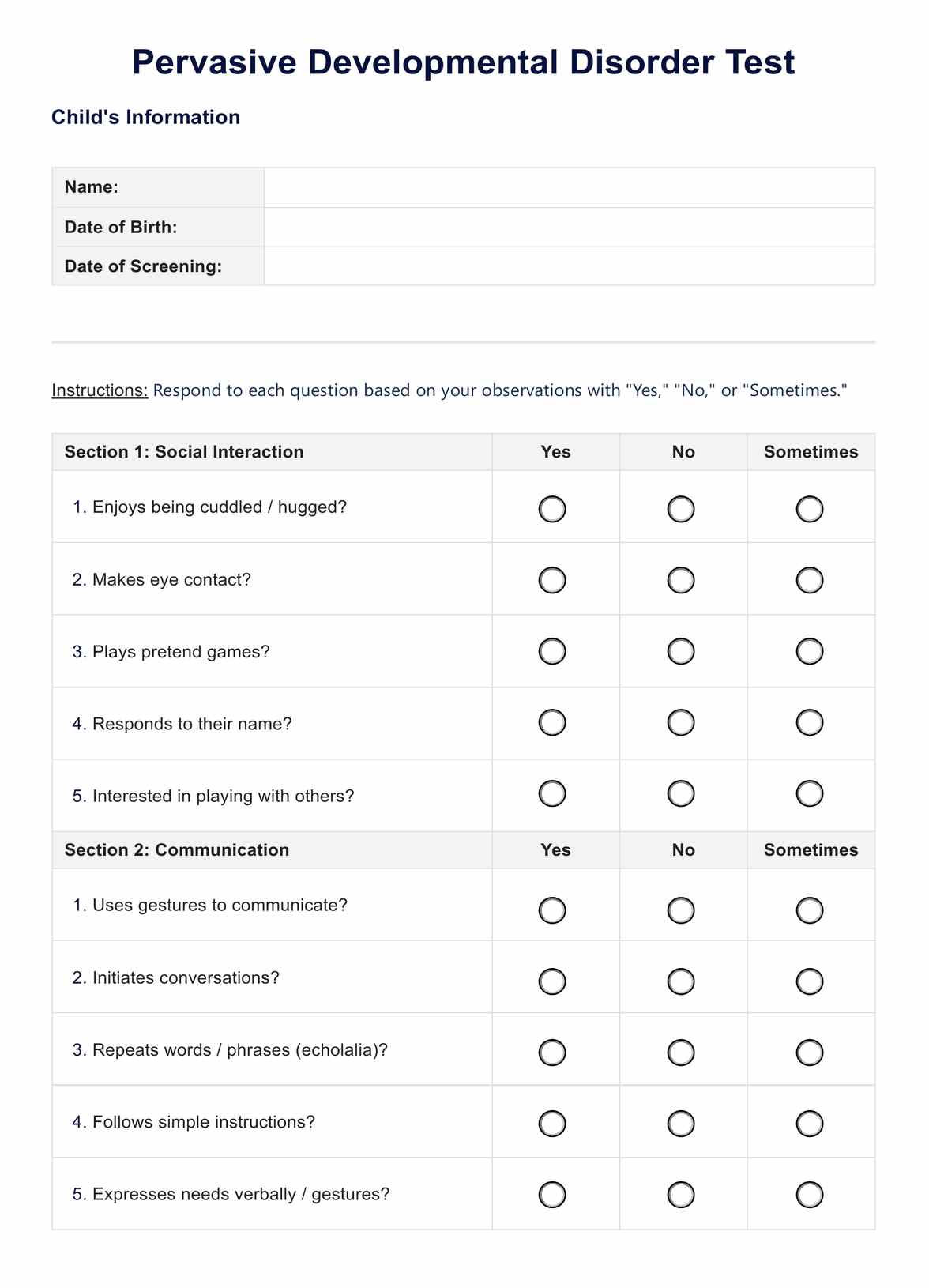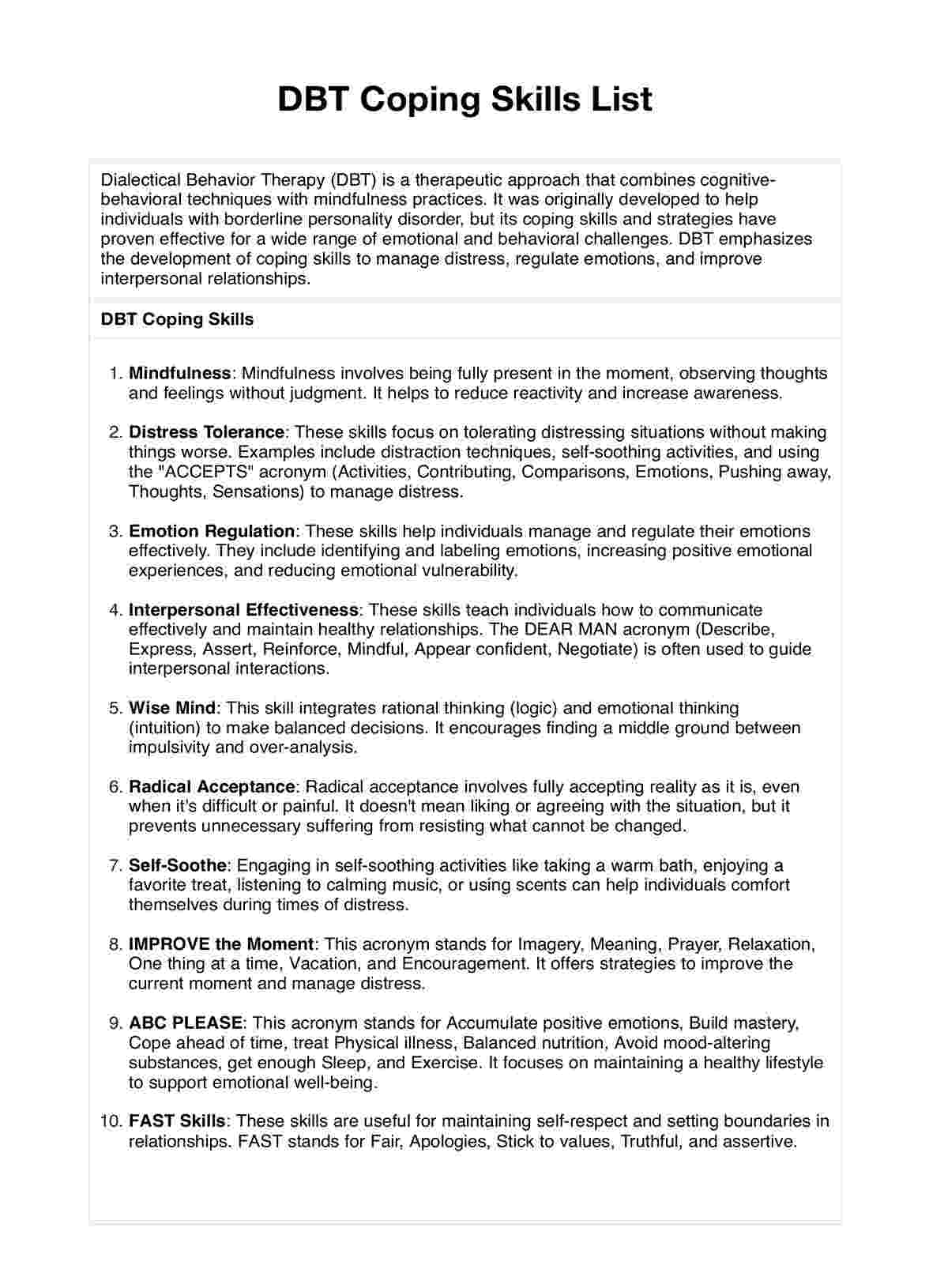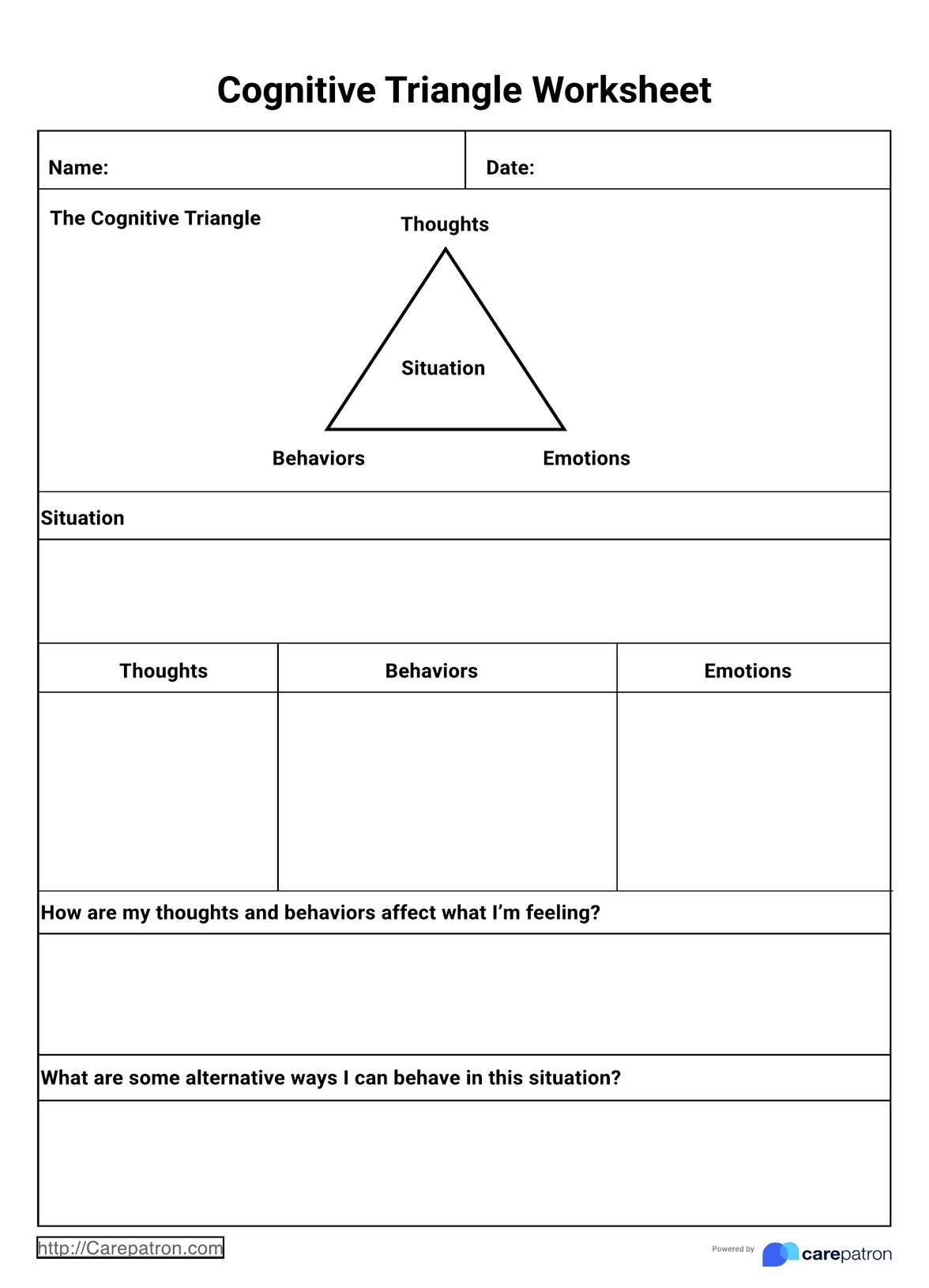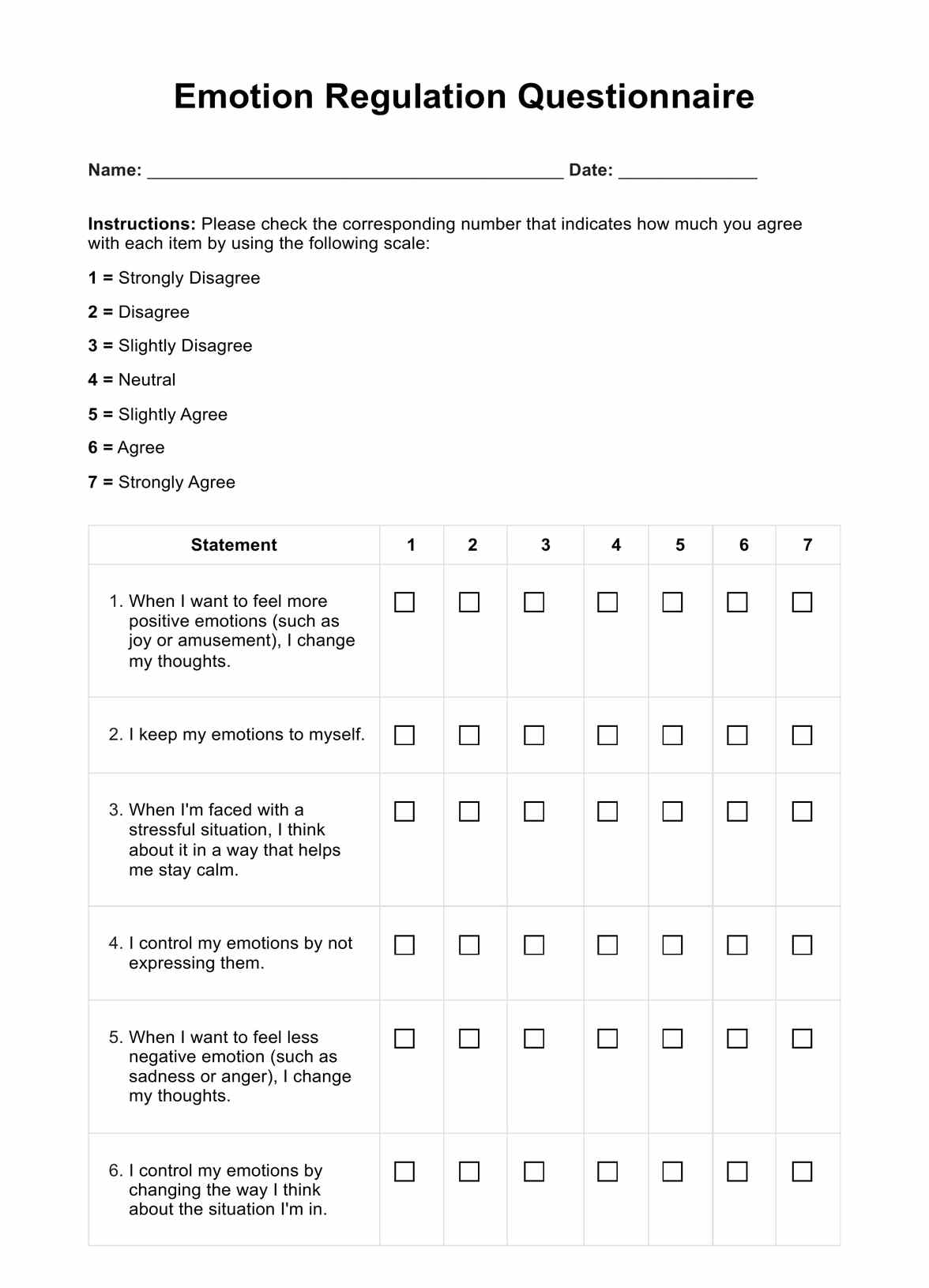Kutcher Adolescent Depression Scale (KADS-11)
Issue the Kutcher Adolescent Depression Scale to your adolescent client to gauge the severity of their depression. Create an effective treatment plan that addresses the heart of their mental health concerns.


What is a Depression Scale?
are useful tools that, more often than not, come in the form of questionnaires that were created to gauge the severity of a person’s depression. These scales aren’t there to diagnose depression in people. Instead, what it does is assign a score based on answers and particular score ranges to help determine the focus for upcoming appointments between psychologists and their clients.
Some depression scales are primarily worked on by healthcare practitioners, and what they normally do is observe and interview their patients. Some come in the form of self-assessments and are issued to patients for them to answer themselves. There are also depression scales that are worked on by both the practitioner and the patient!
For this particular guide, we’ll be focusing on the Kutcher Adolescent Depression Scale (KADS-11), which comes in the form of a self-assessment! It is a more comprehensive version of the KADS-6.
Kutcher Adolescent Depression Scale (KADS-11) Template
Kutcher Adolescent Depression Scale (KADS-11) Example
How to use the Kutcher Adolescent Depression Scale (KADS-11):
The Kutcher Adolescent Depression Scale was developed by Stan Kutcher, and it was designed to gauge adolescents and their levels of depression.
It was also created using language and phrasing that may be common in their age group to better assist them as they go about the assessment.
Have your adolescent patients rate themselves using this depression scale.
Once you’ve begun your appointments with your adolescent clients and you’re at the point where you need to gauge the severity of their depression, issue this self-assessment to them.
Make sure to instruct them on how to go about it.
It’s fairly easy to use since they simply have to think about themselves based on the following aspects:
- Low mood, sadness, feeling blah or down, depressed, just can't be bothered
- Irritable, losing your temper easily, feeling pissed off, losing it
- Sleep Difficulties - different from your usual (over the years before you got sick): trouble falling asleep, lying awake in bed
- Feeling Decreased Interest In: hanging out with friends; being with your best friend; being with your partner/boyfriend/girlfriend; going out of the house; doing school work or work; doing hobbies or sports or recreation
- Feelings of worthlessness, hopelessness, letting people down, not being a good person
- Feeling tired, feeling fatigued, low in energy, hard to get motivated, having to push to get things done, want to rest or lie down a lot
- Trouble concentrating, can't keep your mind on schoolwork or work, daydreaming when you should be working, hard to focus when reading, getting "bored" with work or school
- Feeling that life is not very much fun, not feeling good when usually (before getting sick) would feel good, not getting as much pleasure from fun things as usual (before getting sick)
- Feeling worried, nervous, panicky, tense, keyed up, anxious
- Physical feelings of worry, like headaches, butterflies, nausea, tingling, restlessness, diarrhea, shakes, or tremors
- Thoughts, plans, or actions about suicide or self-harm
They will answer these prompts by rating themselves with any one of the following per item:
- Hardly ever = 0 points
- Much of the time = 1 point
- Most of the time = 2 points
- All of the time = 3 points
Tally the score and create a plan for your client.
Once they’ve submitted a fully-accomplished assessment, the next step is to tally the score. This particular depression scale doesn’t have rating ranges or designations, but the higher the score, the more likely it is that the client has a high or severe level of depression.
The total score should help you frame what you think is best for your client for the foreseeable future as they go through your treatment plan.
When would you typically use the Kutcher Adolescent Depression Scale (KADS-11)?
The Kutcher Adolescent Depression Scale (KADS-11) can be used as soon as you decide you need to gauge your client’s depression severity. This could be at the very beginning of your program with them!
This also isn’t a one-off thing. Let’s say they’ve already received a diagnosis for their depression, and you’re already in the middle of a treatment plan. You can still reissue this every once in a while to monitor if there have been any changes in their symptoms.
Reissuing this scale every now and then will help you determine if your plan is working or not and, based on the results, if you need to make any changes to it.
Who can use this printable Kutcher Adolescent Depression Scale (KADS-11)?
The following healthcare practitioners can use the Kutcher Adolescent Depression Scale for their respective practices:
- (Clinical) psychologists
- Psychiatrists
- Psychometricians
- (Mental health) therapists
- Counselors
Why is this assessment popular and useful for psychologists?
It’s simple to use and easy for adolescents to grasp.
The Kutcher Adolescent Depression Scale (KADS-11) is quite easy to use and it was constructed using colloquial terms. This is done so it doesn’t overwhelm the adolescent with medical terms and other things they are likely to not understand.
It’s a good way to monitor your client every now and then.
As mentioned earlier, you can issue this to your adolescent client every now and then, especially after they start going through a treatment plan. This is so you can check for any changes in them over time.
It can help with making decisions regarding treatment plans.
Speaking of treatment plans, the initial accomplished assessment will help you think of the best course of action to take to help your client. If they’re already going through a treatment plan, subsequent accomplished assessments should help you decide if your plan is going well or if you need to make any changes to make it better.

What are the benefits of using the Kutcher Adolescent Depression Scale (KADS-11)?
Aside from being beneficial to psychologists, the Kutcher Adolescent Depression Scale might benefit the adolescent client as well!
Since adolescents will be the ones answering the assessment, they’re going to be thinking about certain aspects of their lives, especially with their depression. This could lead them to reflect on which parts of their lives are not exactly going well. They are going to be going through a treatment plan for their depression, so might get inspired to focus on certain aspects of their life that might speed up the process of getting better and healthier, mentally.
It also provides a comprehensive picture concerning the mental health state of individuals to improve their depressive symptoms. Healthcare professionals can benefit from a good gauge, that covers multiple aspects with the 11 items. Previous versions tend to include 6 items, however, this is the adjusted version that allows for more evaluations on predictive factors for depression.
Commonly asked questions
It depends because some are self-assessments. Sometimes, psychologists will be observing and evaluate their patients. Based on those, the answers or ratings are subjective, but there are sometimes score ranges that give a semblance of objectivity, just so the psychologist can determine the courses of action they can possibly take to help their clients.
For the Kutcher Adolescent Depression Scale (KADS-11), yes, it doesn’t have set score ranges with designations. But for this particular scale, the higher the total score that the adolescent gets, the more likely it is that they have a high or severe level of depression. The lower the score, the more moderate or mild the depression level is.
At the start of your program with your client is often the best time to use this for the first time because you want to gauge the severity of their depression or to see if you need to move forward to have them diagnosed.
You may also reissue this to your client every now and then to establish continuity and monitor how they’re doing, as well as to see if your treatment plan is successful or not (hopefully, it’s working!).


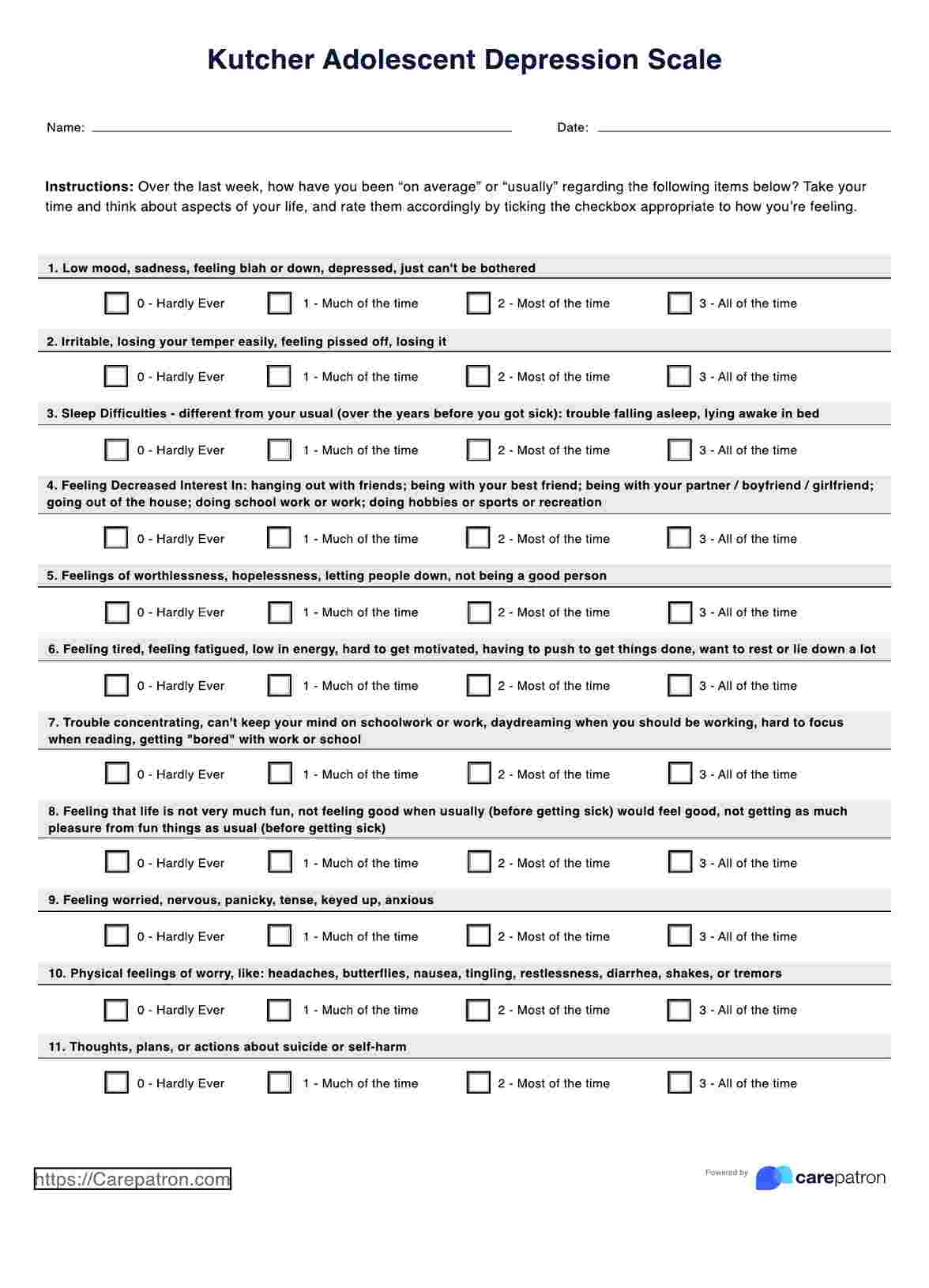
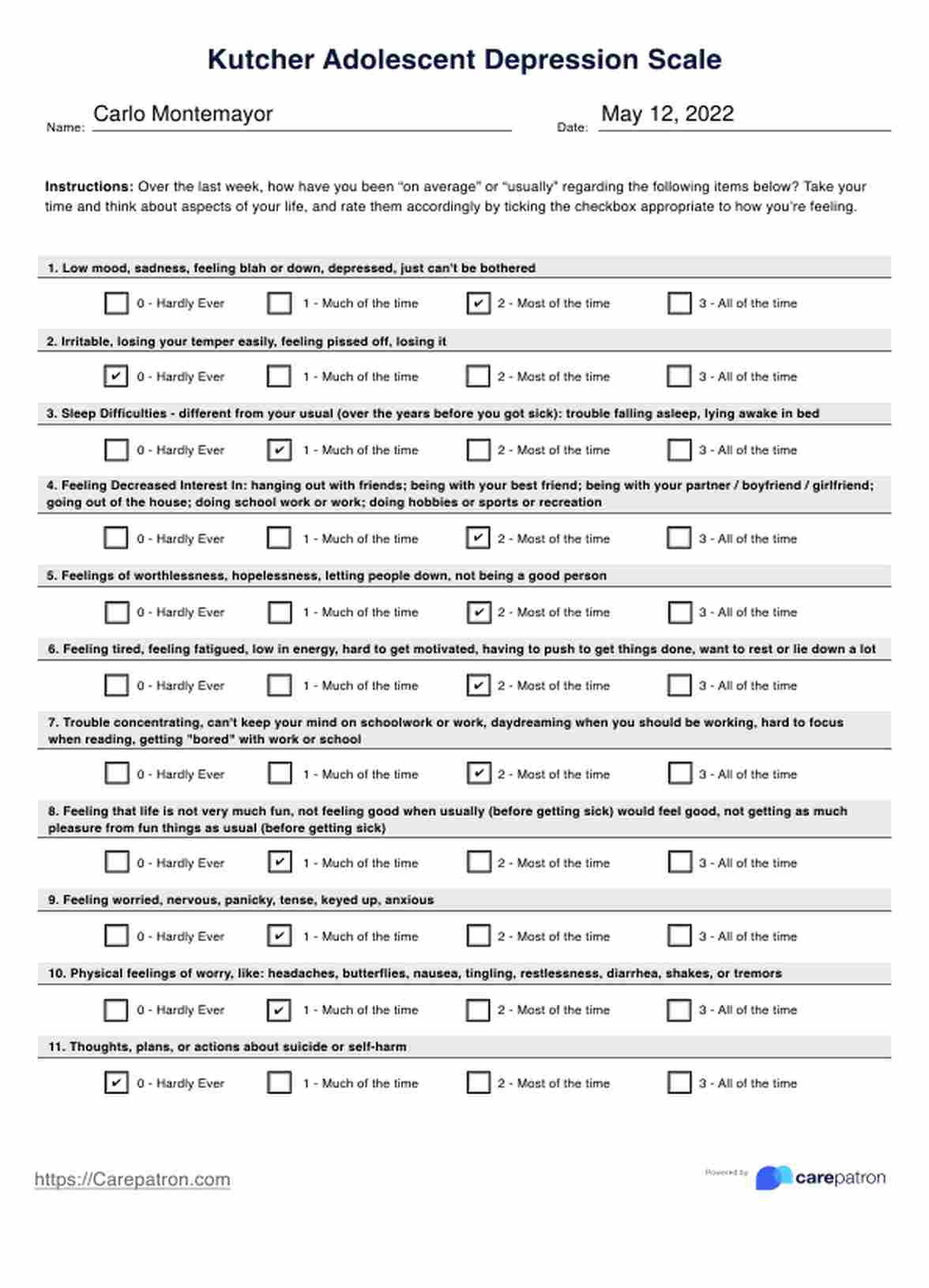













-template.jpg)























































































